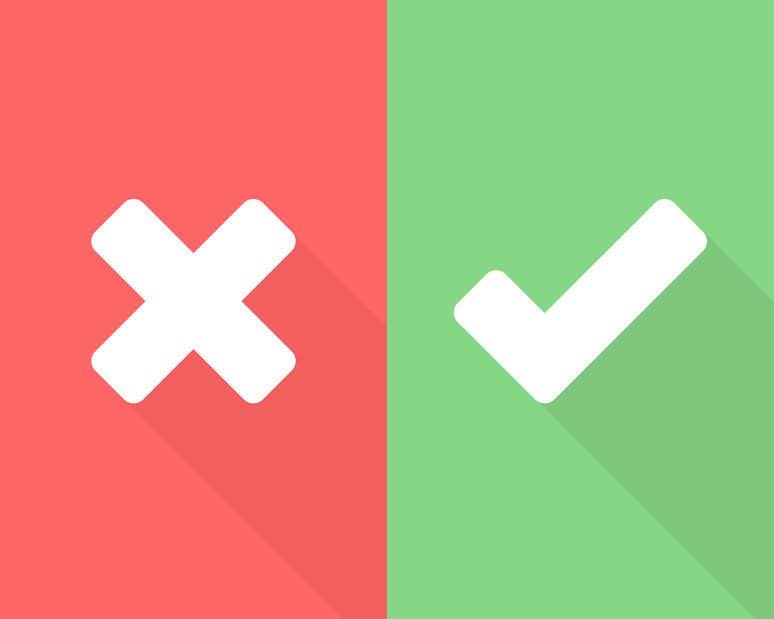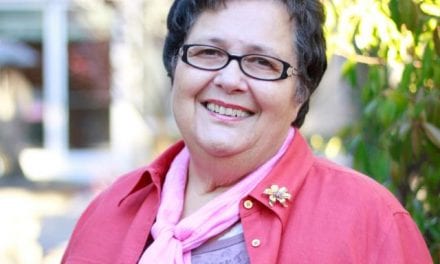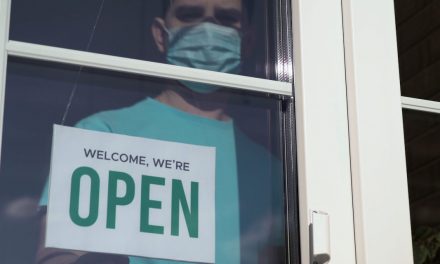There’s so much technology out there that is either purpose-built or can be adapted for senior living that many newbies may not have a criteria yet for prioritizing and guiding their technology purchases.
By Pam McDonald
I had a chance recently to talk with JJ Johnson. He’s the Owner and CEO of Cornell Communications, which offers emergency call systems technology to senior living and health care providers. Cornell is also a Senior Housing Forum partner.
The company has been manufacturing, installing, upgrading, replacing, and repairing emergency communications systems for new and existing operators for nearly 50 years. Cornell has installed more than 24,000 systems since opening its doors in 1968.
‘We’ve Learned What Works and What Doesn’t’
JJ says, “We’re one of the longest-term providers in this industry. We’ve learned what works and what doesn’t. Our products are so dependable they come with a 10-year warranty, the best in the business.”
He shares some insights about senior living saying, “Right now many companies have or can get the money they need to enter the senior living industry, but they don’t necessarily know exactly what they are getting into — for example, they may not understand how intense, time- and resource-consuming senior care can be.”
He continues, “There’s so much technology out there that is either purpose-built or can be adapted for senior living that many newbies may not have a criteria yet for prioritizing and guiding their technology purchases.”
Technology Today Does So Much More
He’s concerned some new owners or developers may want to nickel and dime their emergency call technology investment, thinking these systems are still in the “doorbell category,” where someone rings a bell or sounds an alarm and staff responds.
JJ explains that for years call systems were that kind of a product. But he says, “Now these systems are sophisticated, robust platforms that provide data-driven reports, which can be critical management tools. And, our products at Cornell also have open architecture so they’ll integrate with additional technological systems, now and in the future.”
Staff Can Respond Quickly and Continue Improving Response Times
JJ points out that Cornell has partnered with an Oregon software company that has developed a handheld, touch screen call monitoring and two-way staff communications solution utilizing the latest technology.
He says, “We’re one of about 3 or 4 companies that offers this kind of solution, which alerts care staff and tracks response times to gauge their efficiency and effectiveness in providing care. Management can quickly see who’s doing the work as well as which residents are requiring the most time. Slackers can be dealt with appropriately and doers can be rewarded, which can boost morale,” he states.
An Extension of Its Customer’s Business
JJ recommends that newcomers to the senior living industry select technology providers like Cornell that consider themselves an extension of its customers’ business. He says, “We listen to our clients to learn what each company wants and needs and to discover problems we never knew existed.
“For example, until a client was forthcoming, we did not realize how obnoxious some staff thought walkie-talkies and two-way radios were. They made some residents nervous, anxious, or even, intimidated, which can be especially troublesome in memory care. Cornell offers products that cannot be heard by residents, families or visitors to the community.”
To learn more about the products and services available from Cornell Communication, call (800) 558.8957 and visit their website at:
Click on the button below to download a PDF copy of this article:
Cornell Communications offers state-of-the-art, reliable emergency call and communications solutions – including visual and wireless “nurse” call products, and clinical status, reporting, and paging systems. It has completed over 24,000 installations in skilled nursing facilities; independent, assisted living, and memory care communities; and medical outpatient centers or clinics in every state in America. It has the largest service network in the industry.










